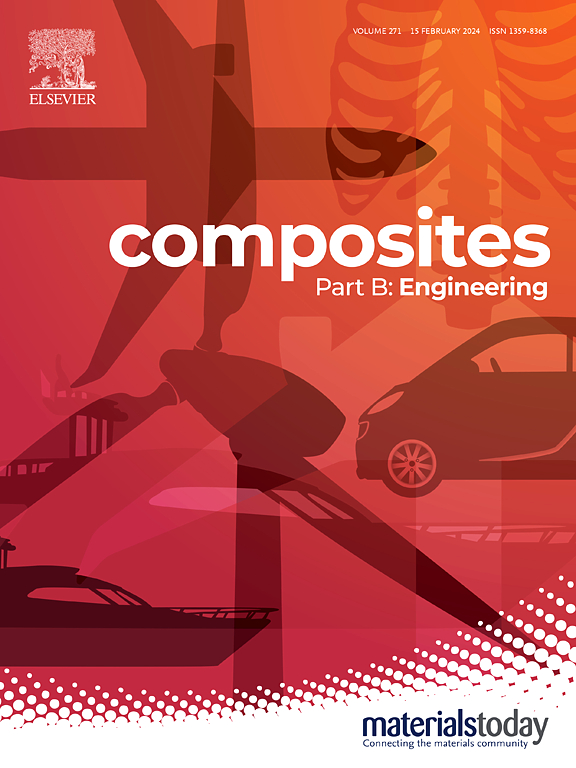Tuning Co distribution in powder feedstock for laser powder bed fusion of crack-free WC-Co cemented carbides
IF 12.7
1区 材料科学
Q1 ENGINEERING, MULTIDISCIPLINARY
引用次数: 0
Abstract
This work presents specific one-step additive manufacturing of crack-free WC-12Co cemented carbides by the laser powder bed fusion (LPBF) technology using the mixed ultra-coarse WC and agglomerated Co powder as feedstock. The critical role of the agglomerated Co in elimination of cracks, pores and carbon-deficient phases during the LPBF fabrication and subsequent heat-treatment process was disclosed. Moreover, the agglomerated Co led to the formation of lath-shaped WC grains containing numerous Co-rich particles with sizes ranging from a few nanometers to approximately 300 nm. These in-grain Co-rich particles could accommodate plastic deformation and hinder dislocation motion within lath-shaped WC grains, but did not cause local stress concentration, thereby contributing to enhance both the toughness and strength of the resulting cemented carbides. The proposed novel strategy of tuning the distribution state of metallic phase within the feedstock holds significant potential for applications in the direct additive manufacturing of high-performance cermet materials.
求助全文
约1分钟内获得全文
求助全文
来源期刊

Composites Part B: Engineering
工程技术-材料科学:复合
CiteScore
24.40
自引率
11.50%
发文量
784
审稿时长
21 days
期刊介绍:
Composites Part B: Engineering is a journal that publishes impactful research of high quality on composite materials. This research is supported by fundamental mechanics and materials science and engineering approaches. The targeted research can cover a wide range of length scales, ranging from nano to micro and meso, and even to the full product and structure level. The journal specifically focuses on engineering applications that involve high performance composites. These applications can range from low volume and high cost to high volume and low cost composite development.
The main goal of the journal is to provide a platform for the prompt publication of original and high quality research. The emphasis is on design, development, modeling, validation, and manufacturing of engineering details and concepts. The journal welcomes both basic research papers and proposals for review articles. Authors are encouraged to address challenges across various application areas. These areas include, but are not limited to, aerospace, automotive, and other surface transportation. The journal also covers energy-related applications, with a focus on renewable energy. Other application areas include infrastructure, off-shore and maritime projects, health care technology, and recreational products.
 求助内容:
求助内容: 应助结果提醒方式:
应助结果提醒方式:


